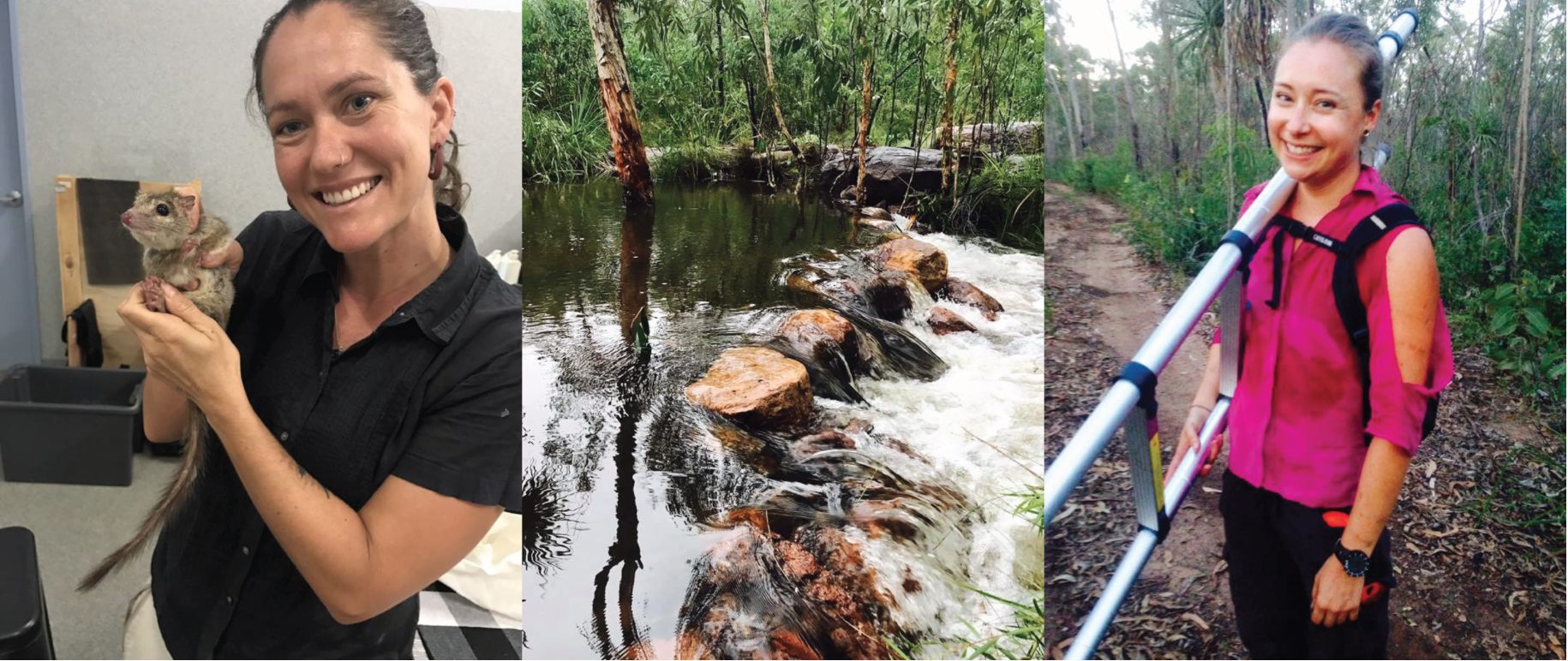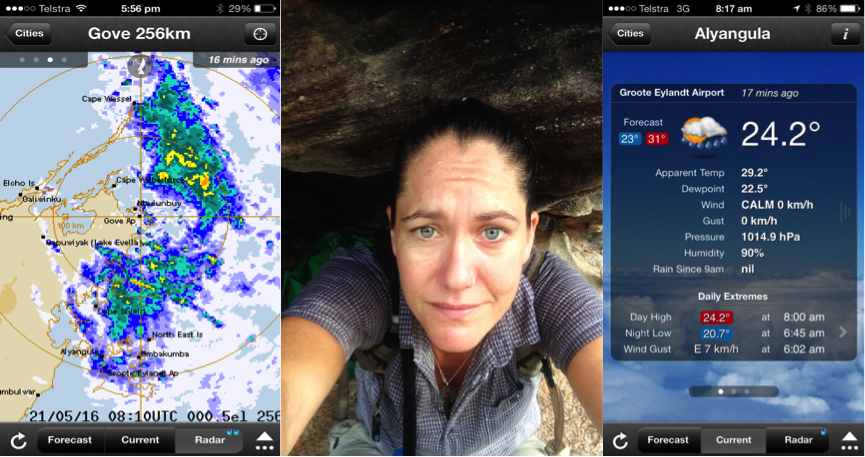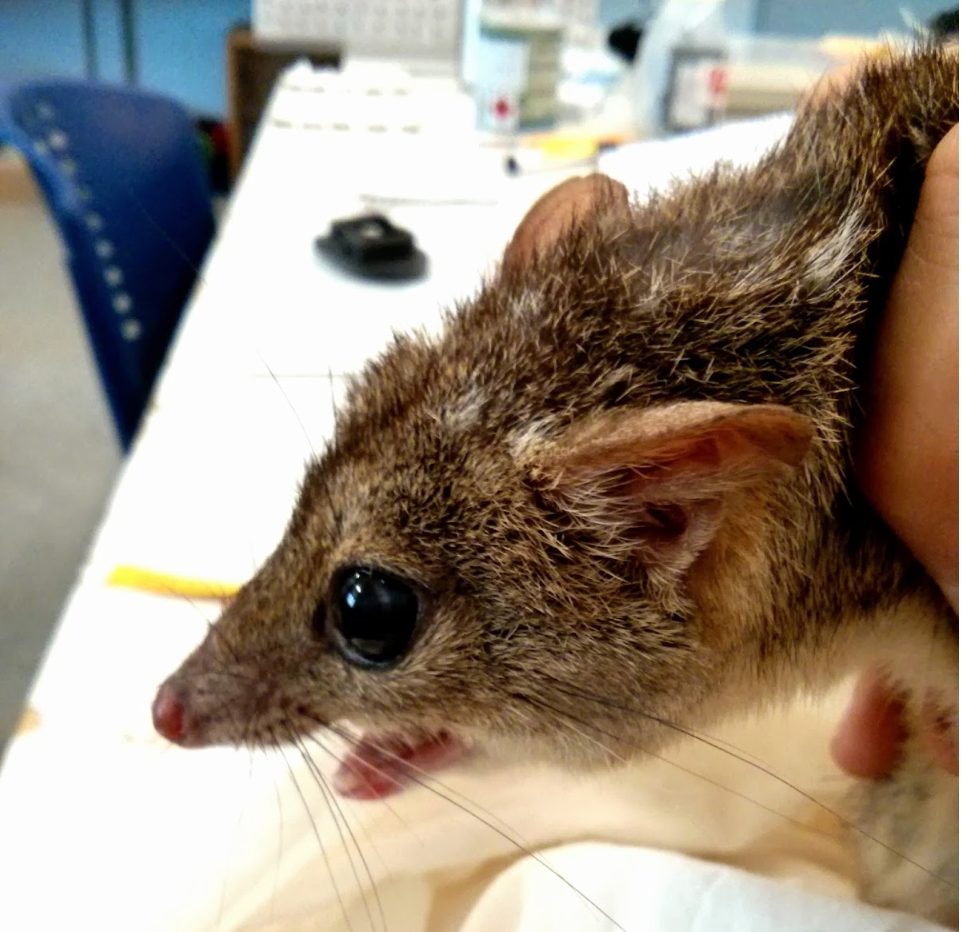The dynamic duo, Carmen da Silva (from the Performance Lab) and Josh Thia (from the Riginos lab), housemates and the only members of Team Goby arrived on Heron Island located within the Southern Great Barrier Reef for a couple weeks of testing
We’re not going to lie, the weather is terrible, but were having a great time.
Their first surprise was not a good one. Carmen, who is not known for her organizational skills thought that the food barge arrived to the island the next day (Tuesday), when it actually arrives on Thursday. All they brought to the island was a loaf of bread, some peanut butter and a 5pack of mi goreng. The first episode of survivor starts now.
They set out across the island to check out their surroundings and see if they could scrounge any food to last them a couple of days. The island, mostly made up of sand didn’t have much to offer, no coconuts no nothing. As they almost gave up hope, they stumbled across some recently hatched Green turtles! “Delicious!” Carmen thought as she was about to pounce on a hatchling, when she saw the sign for the resort restaurant in the corner of her eye… turns out they will be able to manage food wise for a couple of days.
Green turtle hatchlings! I’m sure they were thinking “why would you lay on the only rocky part of the beach mama?!”. The birds were having a smorgasbord on the hatchlings, it was rather distressing.
Carmen and Josh set out early the next morning to collect gobies (or snacks?) for Carmen’s thermal biology experiment. Luckily low tide coincided with basically the only non-rain period since they arrived. They caught 100 gobies within a couple of hours and got them set up in the Research Stations wet Lab.
Collecting gobies in the intertidal zone. The old “scooperoonie” always seems to do the trick.
Now they are letting the gobies settle into the lab conditions before experiments start and run for the rest of the Heron Island field trip. A delightful chance to explore the island! One of the most iconic things about Heron Island is the sheer number of birds that inhabit the forest. There are over 20,000 noddies on the island which nest in the pisonia trees. The interaction between noddies and pisonia trees is an interesting one, when the pisonia trees flower they produce a sticky trap sap that entangles the birds, they become stuck and die and act as a fertilizer for the trees. A morbid but fascinating system!
White capped Noddy
Carmen and Josh seem to have the research station to themselves, they know other researchers are visiting the island, but they are yet to spot them. Maybe Josh’s singing (practicing for Miss Saigon the musical) has scared them all away…?
Stay tuned for the next episode of Survivor here.











































































































